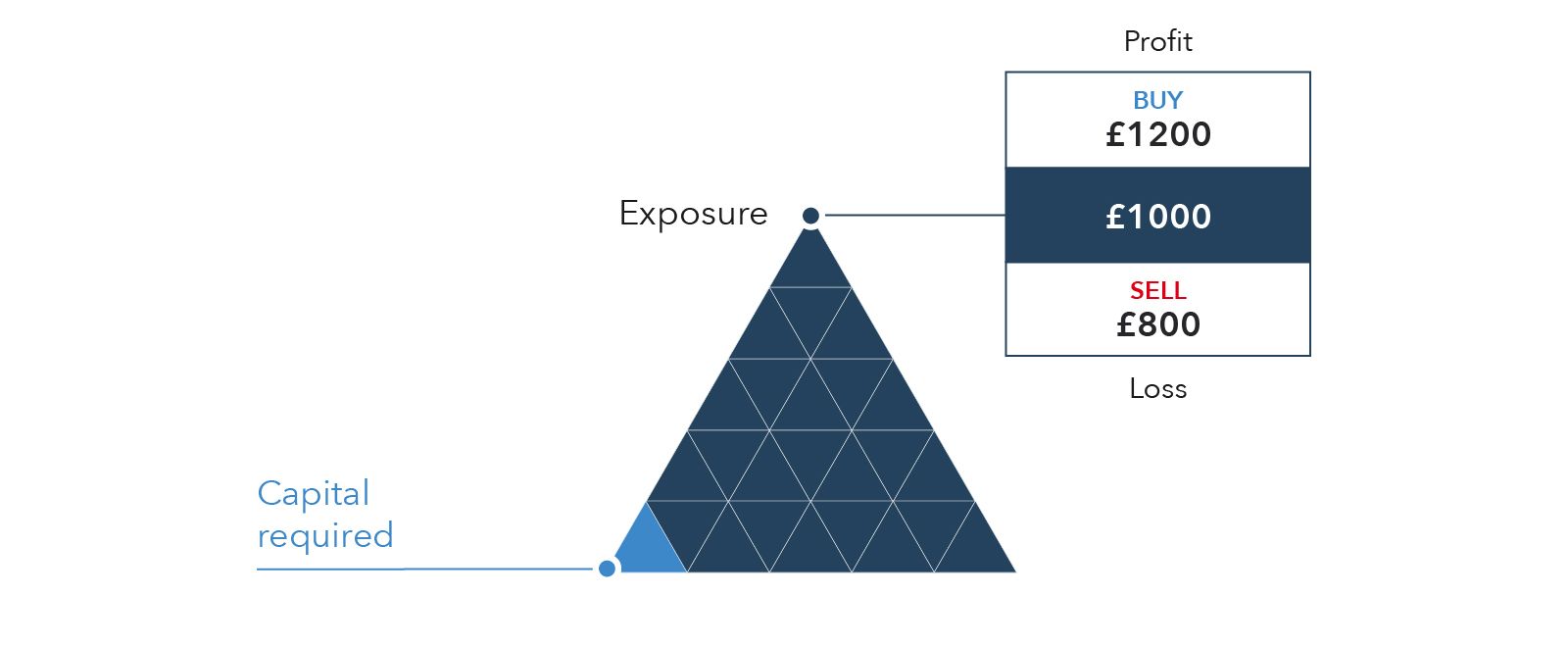The word hedge offers a tantalizing blend of financial opportunity and entrepreneurial challenge. Aspiring fund managers, often armed with a unique investment strategy or insight, set out on the journey of establishing their hedge funds to turn their vision into reality. While the potential for financial rewards is substantial, so are the complexities and responsibilities involved.
As of 2023, the global value of assets managed by hedge funds reached five trillion U.S. dollars. Launching a hedge fund can be beneficial both for hedge fund managers and investors.
In this article, we provide the list of key 8 steps to follow to start a hedge fund.
What is Mergers and Acquisitions, and How Do They Differ?
Corporate mergers and acquisitions (M&A) refer to the specific activities within a corporation or business entity related to combining with or acquiring other companies. Corporations engage in M&A to achieve various objectives, including expanding their product or service offerings, entering new markets, or eliminating competition.
The primary difference between mergers and acquisitions lies in how companies come together. In a merger, two companies of roughly equal size join forces to create a new entity. It’s often seen as a more collaborative effort, with both companies’ leadership participating in decision-making.
In contrast, an acquisition involves one company purchasing another, and the acquired company becomes a subsidiary or is fully integrated into the acquiring company. Acquisitions can be more unilateral, with the acquiring company taking the lead.
Knowing the essence of mergers and acquisitions and the difference between them will help to understand the essence of hedge funds, as well as to follow the essential steps of the path on how to start a hedge fund.
8 Key Steps to Starting a Hedge Fund
Now, let’s define the main steps you should take when considering a hedge fund launch.
1. Define your investment strategy
Your investment strategy is the core of your hedge fund. It’s crucial to define a clear and well-researched fund that sets your fund apart from others. Whether you plan to focus on long-short, event-driven, or quantitative strategies, a well-defined approach is essential. Remember, investors will be drawn to your fund based on its uniqueness and potential for returns of your strategy.
2. Assemble your team
Behind every successful hedge fund is a team of experts. While your investment acumen is vital, your fund’s success depends on a well-rounded team. You’ll need portfolio managers, analysts, risk managers, and operations professionals to ensure smooth operations and decision-making. Additionally, your team’s track record and experience are critical factors that investors will assess.
3. Ensure legal and regulatory compliance
Navigating the regulatory landscape is one of the most complex aspects of launching a hedge fund. You must establish your fund as a legal entity, decide on a fund structure (limited partnership or limited liability company), and adhere to various regulatory requirements. Consult with legal and compliance experts to ensure full adherence to the legal framework.
4. Start fund formation
Once your strategy is defined, and the team is in place, it’s time to create the fund structure. This involves drafting offering documents, such as the Private Placement Memorandum (PPM) and the Limited Partnership Agreement (LPA). These documents detail your fund’s investment strategy, fee structure, terms and conditions for investors, and risk factors.
5. Initiate fundraising
Raising capital is a critical step. You must identify potential investors, build relationships, and present your fund’s strategy and track record. Marketing your fund effectively is crucial. During this process, you might need a virtual data room M&A, as a secure repository for data sharing and storage. M&A data room providers can be essential in sharing information securely with potential investors during due diligence processes.
6. Ensure operations and risk management
Effective operations and risk management are essential to protect your fund’s assets and maintain investor trust. Implement robust risk management tools, use state-of-the-art software for portfolio management, and have clear procedures for trade execution and reconciliation.
7. Implement performance monitoring and reporting
Investors need to know how your fund is performing. Implement a system for accurate performance tracking and reporting. Transparency is key to building trust with your investors.
8. Ensure continuous learning and adaptation
The final landscape is ever-evolving. To remain competitive, you must stay updated on market trends, investment strategies, and regulatory changes. Continuous learning and adoption are essential for long-term success.
Summing Up
Launching a hedge fund is no small treat. It requires a unique investment strategy, a well-rounded team, legal and regulatory compliance, fund formation, effective fundraising, robust operations and risk management, performance monitoring, and continuous learning. By following these essential steps, you can chart a course to navigate the complexities and challenges of the hedge fund industry. Additionally, consider using virtual data rooms for M&A during the course of the hedge fund launch, as a way to store and share lots of confidential data with third parties securely.

























